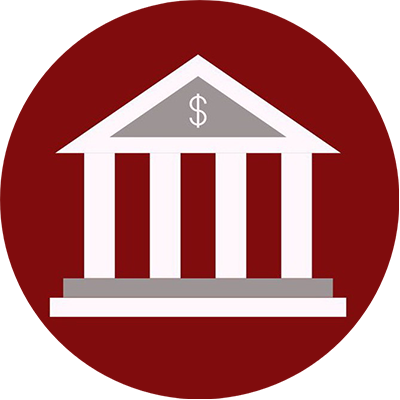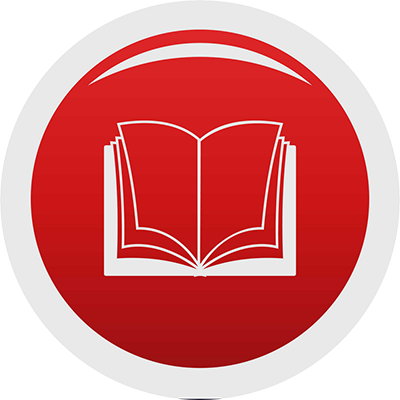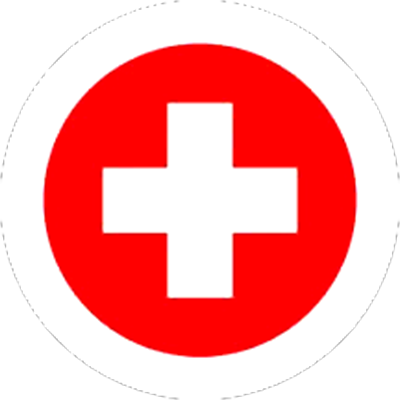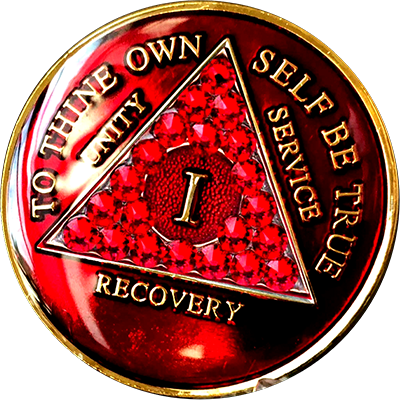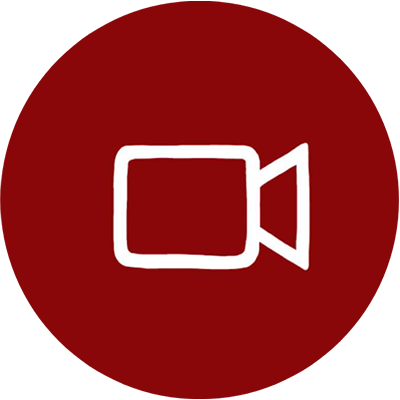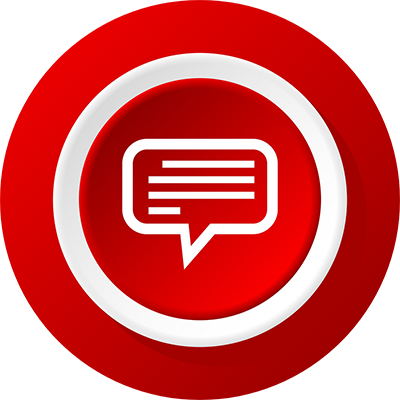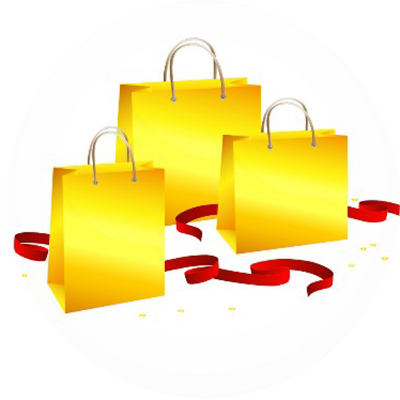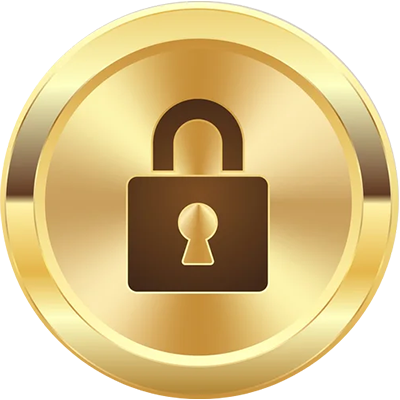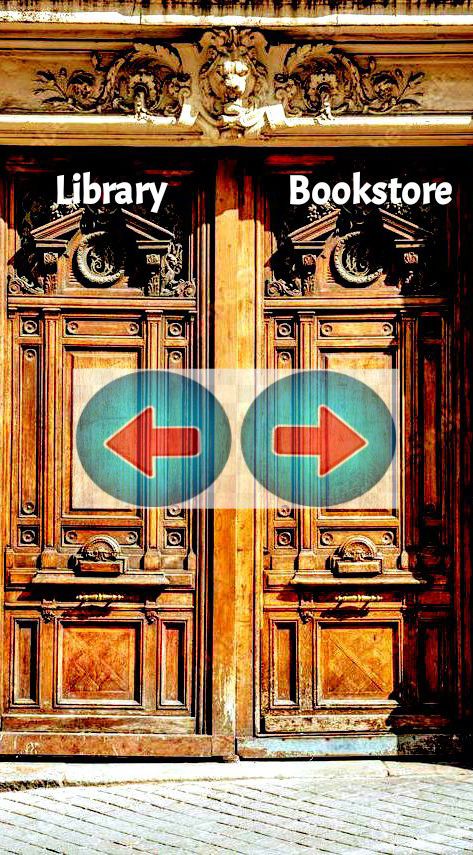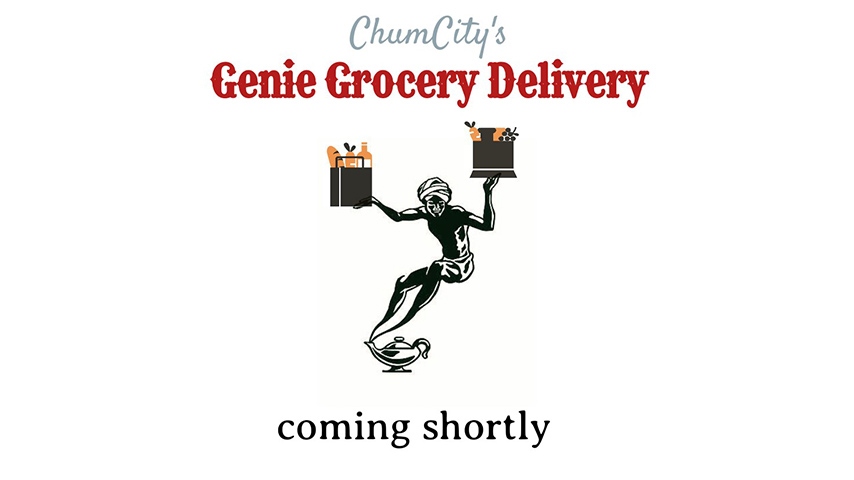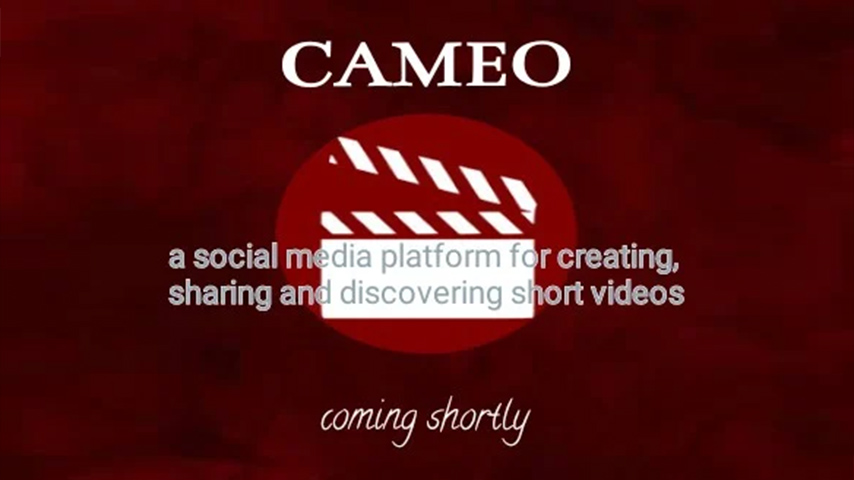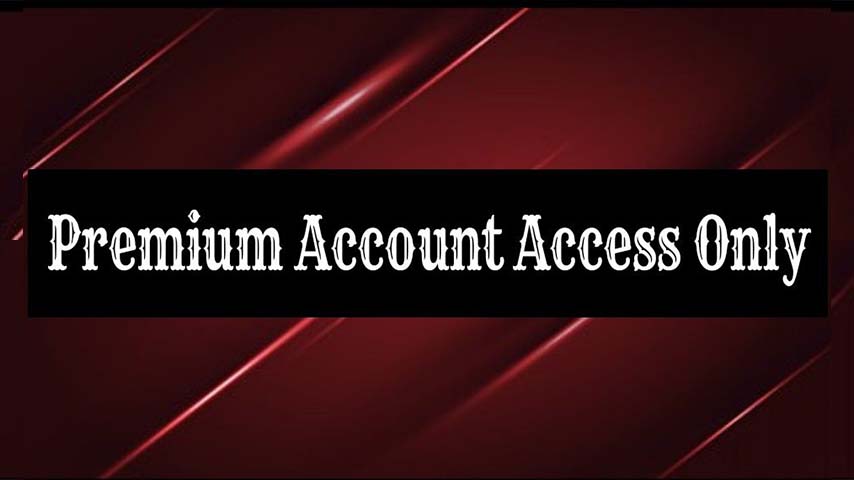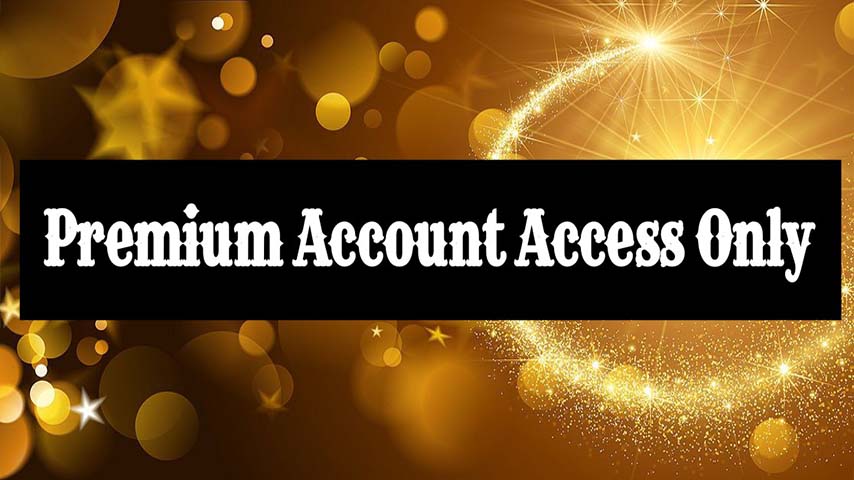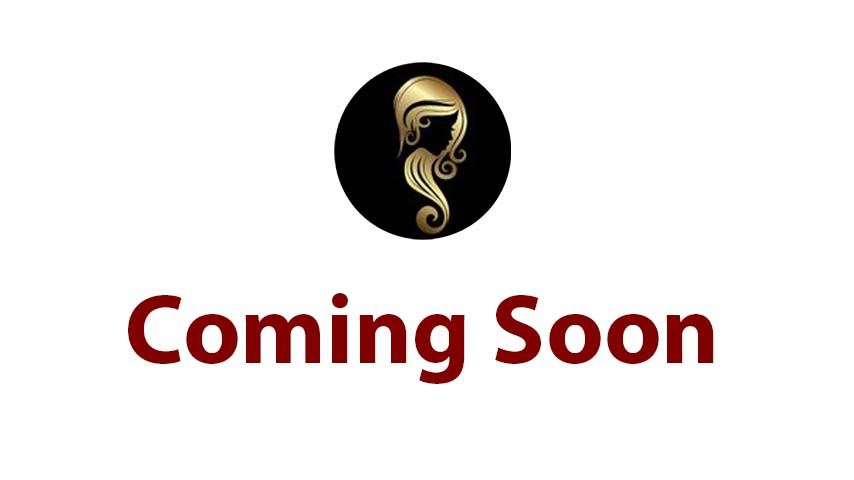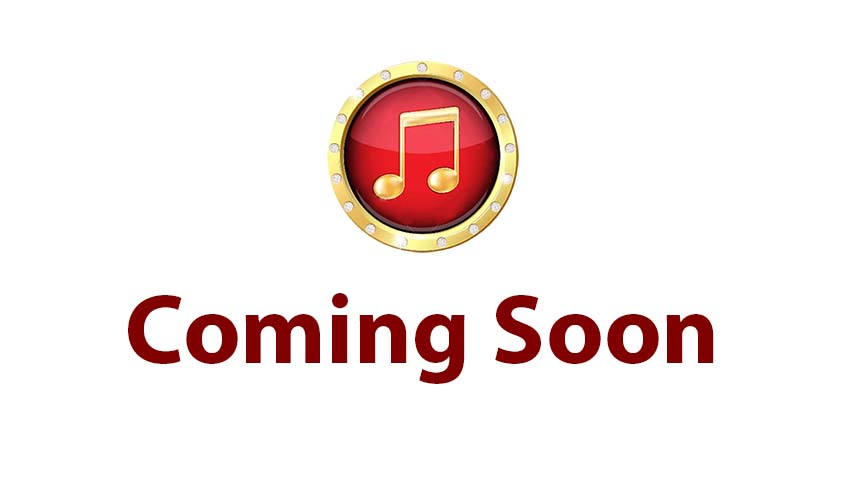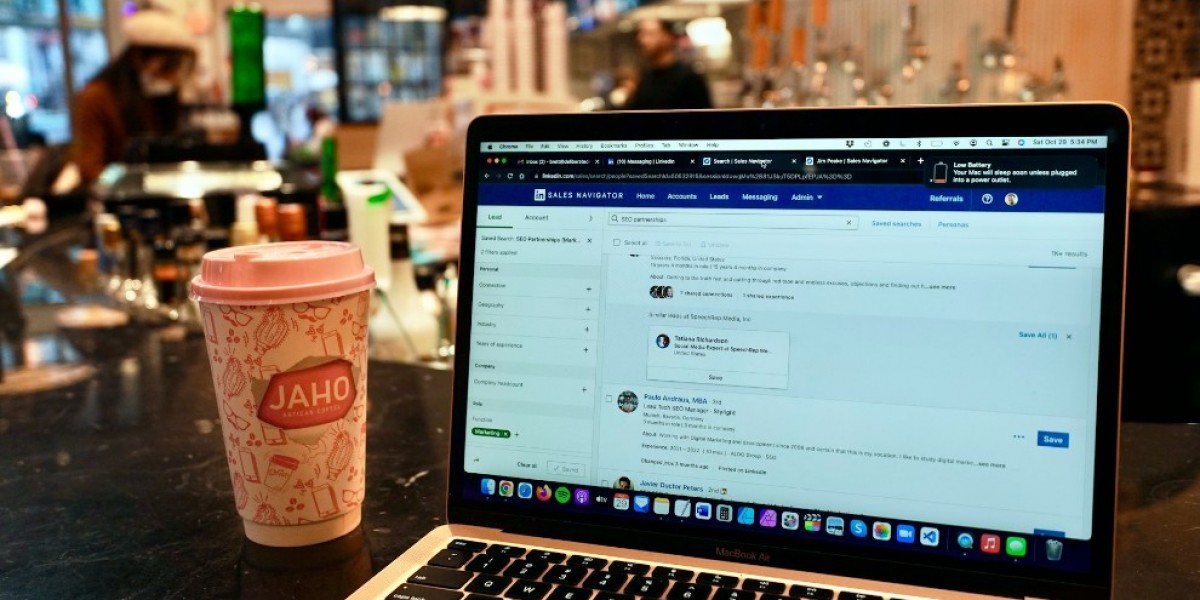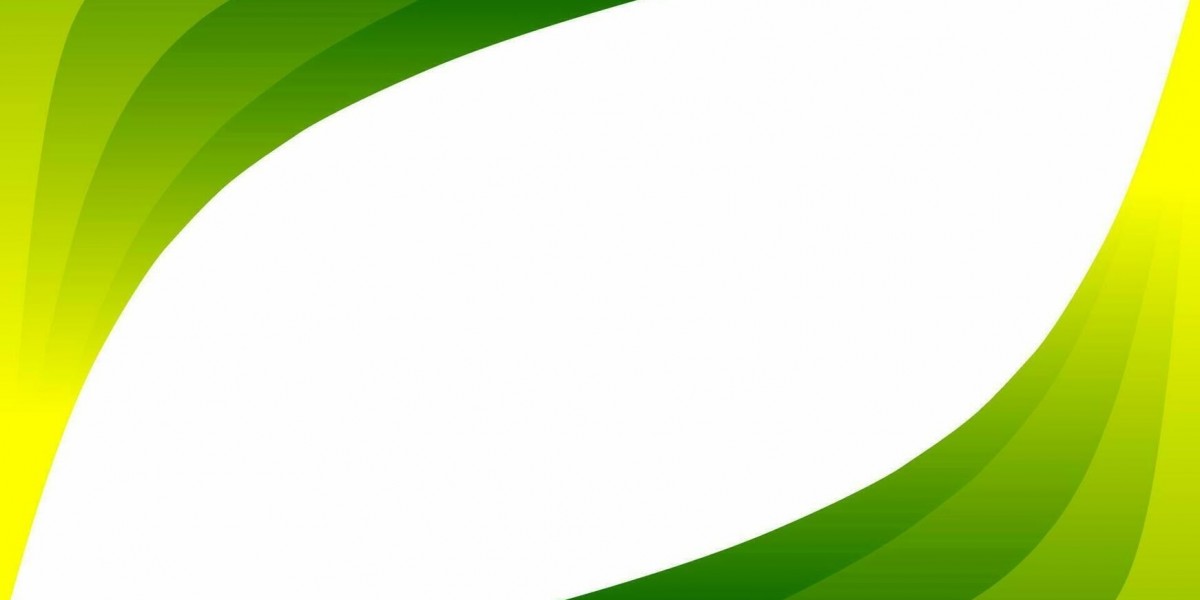In the world of LinkedIn, where professional relationships and connections are key to career growth, many users debate whether it’s better to showcase or hide their Premium status. The decision isn’t as straightforward as it might seem, especially when you factor in LinkedIn’s complex dynamics of professional visibility, engagement, and outreach.
For individuals who use LinkedIn for prospecting, one question often arises: Does displaying or hiding the LinkedIn Premium badge impact how you connect with potential leads? The answer isn’t one-size-fits-all, as it depends on how you’re using the platform, your goals, and your approach to outreach.
Let’s explore the impact that the LinkedIn Premium badge can have on your prospecting success and whether hiding it can be a game-changer for your strategy.
Understanding LinkedIn Premium: What’s the Badge All About?
Before diving into the specifics, let’s first define what LinkedIn Premium offers. Premium memberships on LinkedIn provide a variety of features that free users don’t have access to. Some of the key benefits include:
InMail Messaging: This feature allows you to reach out to users who aren’t in your network with direct messages, which is particularly helpful when you're prospecting outside your immediate connections.
Advanced Search Filters: Premium members can filter their searches in more detailed ways, including by company size, years of experience, and specific industries.
Profile Visibility: Premium users can see who has viewed their profile, which can be valuable for identifying potential leads.
LinkedIn Learning: Offers courses and educational resources to enhance your professional skills.
The Premium badge appears on a user’s profile, indicating that they have paid for access to these features. But, should you wear this badge proudly or keep it hidden when prospecting?
The Pros of Showing Your LinkedIn Premium Badge
Credibility and Professionalism
For many, displaying the LinkedIn Premium badge signals that you are a serious professional who values advanced tools and resources to build connections. It can convey that you’re investing in your career, which may give you added credibility, especially in industries where LinkedIn is a primary networking tool. This could help you stand out to prospects and decision-makers who value professionalism and an active presence on the platform.
Access to InMail and Enhanced Visibility
In some cases, displaying your Premium badge makes it clear that you have the ability to send InMail messages. InMail allows you to reach out to individuals who are not in your network, making it easier to target potential leads and prospects who you may not otherwise be able to connect with through regular connection requests.
The visibility of your Premium status could also signal that you have access to valuable LinkedIn insights (like seeing who has viewed your profile), which can help guide your prospecting efforts. When you have more visibility into who’s interested in you, you can refine your outreach strategy more effectively.
Transparency and Openness
By openly displaying your LinkedIn Premium badge, you're presenting yourself as transparent. Some prospects may appreciate this openness, seeing it as a sign of confidence. You’re letting people know that you have invested in advanced features to make better connections and to provide more value to your professional network.
The Cons of Displaying the Premium Badge
Perceived Sales Tactics
While LinkedIn Premium can give you access to tools that can improve your prospecting efforts, it can also signal to some users that you are a salesperson or someone looking to push an agenda. The visibility of the Premium badge might make some recipients of your connection requests or messages feel like you’re using automated tools, rather than making a genuine effort to connect. This could lead to fewer responses and less engagement, particularly if prospects are already wary of sales-oriented messages.
Over-Association with Salespeople
The LinkedIn Premium badge is widely associated with premium memberships that allow for more aggressive outreach and cold prospecting. As a result, some users might see this badge and assume that your outreach is solely focused on pushing a product or service. The consequence? You could lose the chance to connect authentically with leads, especially if they’re wary of marketing-heavy tactics.
The Case for Hiding Your LinkedIn Premium Badge
Minimizing the “Sales” Stigma
If you're using LinkedIn for prospecting but want to avoid being perceived as pushy or overly sales-driven, hiding your Premium badge might be a smart move. Many professionals prefer connecting with others who come across as more genuine rather than those who seem to have a sales agenda. If you're prospecting without the badge, your profile may seem more neutral, opening the door for more organic and authentic conversations.
Without the Premium badge, you may also appear more relatable. Prospects might feel that you're in the same boat as they are, rather than seeing you as someone using paid tools to target leads. This subtle shift in perception can help foster trust and lead to more genuine exchanges.
Focusing on Content and Value
If you're hiding your Premium badge, the focus will be more on the value you provide through the content you share and the relationships you cultivate. When you're not relying on paid features to bolster your profile, you’re more likely to gain traction based on the strength of your expertise, your industry knowledge, and the quality of your engagement. People who are interested in your insights or thoughts on industry trends are more likely to connect with you, regardless of whether you have Premium.
By removing the badge, you might also encourage others to view your profile with a more open mindset, without assuming that your primary objective is to sell something. This approach allows for a more personal and connection-focused prospecting strategy.
Authenticity Over Automation
Another advantage of hiding your Premium badge is that it may reduce the chance of prospects feeling that they’re being approached by someone using an automation tool. Linkedin Prospecting tool are often associated with automated outreach efforts, but hiding your Premium status can minimize the sense of impersonality that sometimes comes with automation. This allows you to maintain a more genuine approach when connecting with leads, ensuring that people feel valued as individuals rather than targets.
Using LinkedIn Prospecting Tools with or Without the Premium Badge
The key to success in LinkedIn prospecting doesn’t necessarily lie in whether you show your Premium badge, but in how you use the tools available to you. Whether or not you display your Premium badge, LinkedIn prospecting tools can help streamline your outreach efforts and improve your connection rates. These tools can assist with:
Finding the right prospects: With powerful search filters and targeting options, LinkedIn prospecting tools help you identify the best leads for your business or networking needs.
Automating follow-ups: Once you’ve connected with someone, LinkedIn tools can help you automate follow-ups to keep the conversation going without being overly pushy.
Personalizing outreach: Even if you’re automating your messages, the best LinkedIn prospecting tools allow you to personalize your outreach, which enhances the quality of the connection.
The most effective prospecting strategy revolves around using LinkedIn prospecting tools in a way that aligns with your overall goal—whether it's to build relationships, share knowledge, or discover new business opportunities. Authenticity, value, and personalization will always matter more than whether your Premium badge is visible.
Conclusion
Should you hide your LinkedIn Premium badge? Ultimately, the answer depends on your approach to prospecting and the type of relationships you want to cultivate. If you want to avoid being perceived as overly sales-driven or automated, hiding your Premium badge may help you build more authentic, genuine connections. On the other hand, if you feel that your Premium features enhance your ability to engage with prospects meaningfully, then leaving the badge visible may help you stand out.
Regardless of your decision, the focus should always be on creating value, establishing rapport, and engaging with prospects in a way that fosters mutual respect. In the end, authenticity and thoughtful outreach—whether aided by a LinkedIn prospecting tool or not—will always win the day.

